Puppy Potty Training Made Easy: Essential Tips for New Pet Parents
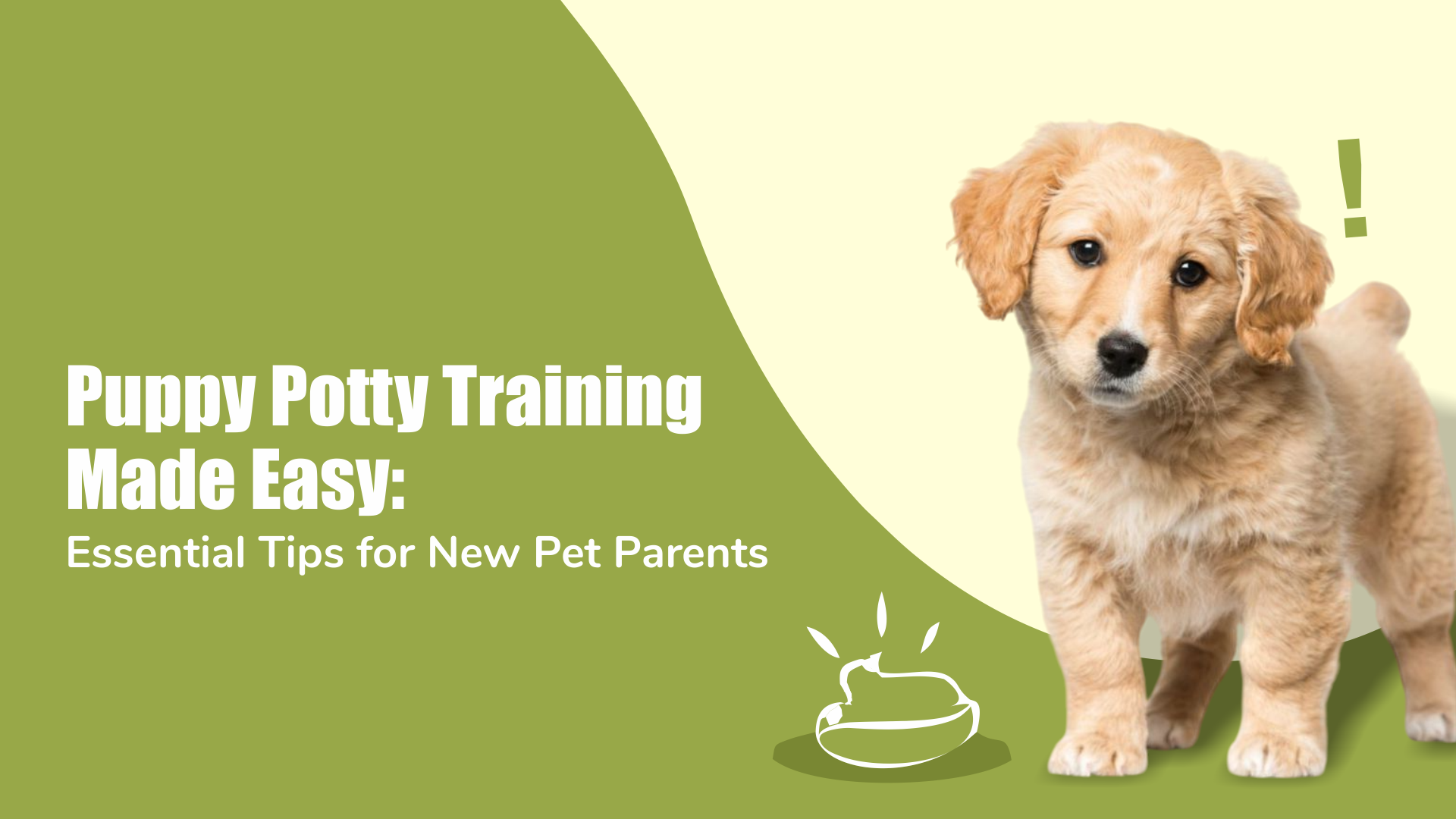
Housebreaking, or potty training, is educating your puppy on where and when to relieve themselves. It’s a fundamental part of shaping their behaviour and ensuring they know what is expected in their new home. A well-trained puppy will not only understand where to go but will develop positive habits that will last a lifetime. Thinking about how to potty train a dog? Well we will help you with all the insightful methods!
The Importance of Early Training
Your dog is more likely to take up good behaviours rapidly the earlier you start toilet training them. Most pups begin learning about eight weeks of age. Establishing a regular schedule helps to set them for long-term success. Potty training teaches trust and a close relationship with your new pet as much as it teaches where to go.
Common Challenges in Potty Training Dogs
Potty training presents difficulties even if it can be a fulfilling experience. Puppies could have indoor mishaps, become easily distracted, or find it more difficult to grasp the process. While certain breeds can demand more patience, others are faster to pick up. During the training process, one should keep cool and patient. Every puppy is unique, hence some might understand the idea more slowly than others.
Essential Tips for How to Potty Train a Puppy
Establishing a routine, choosing a specific potty area, and using positive reinforcement are key methods to successfully potty train your puppy. These techniques will help to establish lasting habits.
Being consistent with these steps ensures the process will go smoothly for both you and your puppy.
Establish a Routine
Puppies live best on schedule. Plan consistently for toilet breaks, recreation, and feeding. First thing in the morning, following meals, following naps, and before bed, take your puppy outside first. Regular toilet breaks will teach your puppy when it is time for travel.
Choose the Right Spot for Relief
Choose a specific area outdoors where your puppy can toilet herself. Bring them to the same place every time so they will come to link that place with restroom visits. This will clarify for them where they ought to be heading.
Use Positive Reinforcement Techniques
When your dog does its business outside, praise and treat it. Giving food or vocal compliments as positive reinforcement helps your puppy to keep on the desired behaviour. Steer clear of punishment for mishaps; instead, concentrate on complimenting positive behaviour and pointing them in the correct direction.
Effective Strategies for Potty Training Dogs
Effective potty training requires understanding your puppy’s behaviour and using proven methods to guide them. Consistency and observation will ensure success.
With these strategies, your puppy will quickly understand what is expected and when.
Monitor Their Behaviour Closely
Always keep a close check on your puppy, particularly inside. When they need to go, puppies may show subdued signals including ground sniffing, circling, or door-heading. You can find them outside in time by looking for these indications.
Recognize Signs That They Need to Go
Every puppy may exhibit varied symptoms indicating they need to eliminate themselves. Discover the cues your puppy uses and react fast. Early identification of these indicators helps to encourage the appropriate behaviour and avoid mishaps.
Implement Crate Training Wisely
Part of toilet training, crate training can be quite successful. Dogs typically avoid dirtying their living environment, hence a crate can assist prevent mishaps when you are not able to watch over your puppy. Make sure the crate is just the perfect size—big enough for your puppy to stand up, turn around, and comfortably lie down but not so big they could use one corner as a potty.
Troubleshooting Common Potty Training Issues
Despite your best efforts, problems may arise during potty training. Identifying and addressing these issues early will keep you on track. Stay calm and focused as you work through the challenges that come with potty training.
Handling Accidents Gracefully
Early on especially, accidents will happen. When they do, keep from punishing your dog. Rather, completely clean the space with an enzymatic cleanser to remove any aroma that would inspire them to visit once more. Promptly behaviour should be reinforced by taking your puppy outside promptly after an accident.
Dealing with Regression in Training
Puppies occasionally may have trouble advancing their toilet training. Changes in their environment, illness, or other stressors could all contribute to this. Keep consistent, be patient, and go back to the fundamentals of training. Should regression persist, one could be advised to speak with a trainer or veterinarian.
Tips for Potty Training Older Dogs
Should you be potty training an older dog, the process could take more time. Older dogs may have established behaviours or medical problems that might complicate instruction. Get ready for a slower pace and, if needed, don't hesitate to visit a professional.
Creating a Supportive Environment for Your Puppy
A supportive environment plays a huge role in successful potty training. It helps to ensure that your puppy feels secure and learns faster.
By setting up a dedicated space and keeping things clean, your puppy will be more comfortable and consistent in their training.
Setting Up a Designated Potty Area
Make sure your puppy has easy access to a specific outside toilet place. If you lack a lawn or live in an apartment, you could choose to use artificial turf or puppy pads indoors.
Keeping Your Home Clean and Odour-Free
Though they are unavoidable in the house, maintaining cleanliness in it is vital. Remove urine smells with an enzymatic cleanser to prevent reoccurring mishaps in the same area. Maintaining a clean home will enable your puppy and you to be comfortable.
Conclusion
Though potty training a puppy requires time, patience, and consistency, with the correct method you will have your puppy completely trained in no time. Establishing a schedule, applying positive reinforcement, and handling any obstacles will help you build a solid basis for a well-adjusted dog.
FAQs
Q.) What are the best puppy potty training tips for new pet parents?
Get started early, create a schedule, decide on a potty place, and apply positive reinforcement.
Q.) How long does it typically take to potty train a puppy?
Based on the age, breed, and temperament of the puppy, it can take a few weeks to many months.
Q.) What should I do if my puppy keeps having accidents indoors?
Review your schedule, make sure you're offering adequate restroom breaks, and carefully clean up. Try consistency and patience.
Q.) Can I use puppy pads during the potty training process?
Indeed, puppy pads can be helpful, particularly in flats or if you cannot regularly take your dog outside.
Q.) How can I tell if my dog is fully potty trained?
Your dog should regularly go outside to eliminate waste and have few to no interior mishaps.







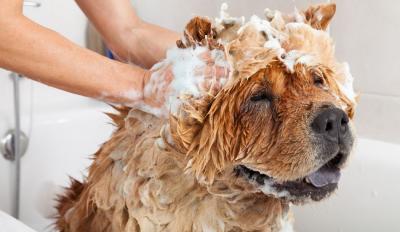
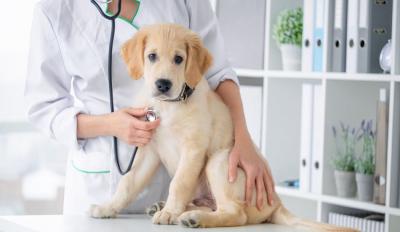
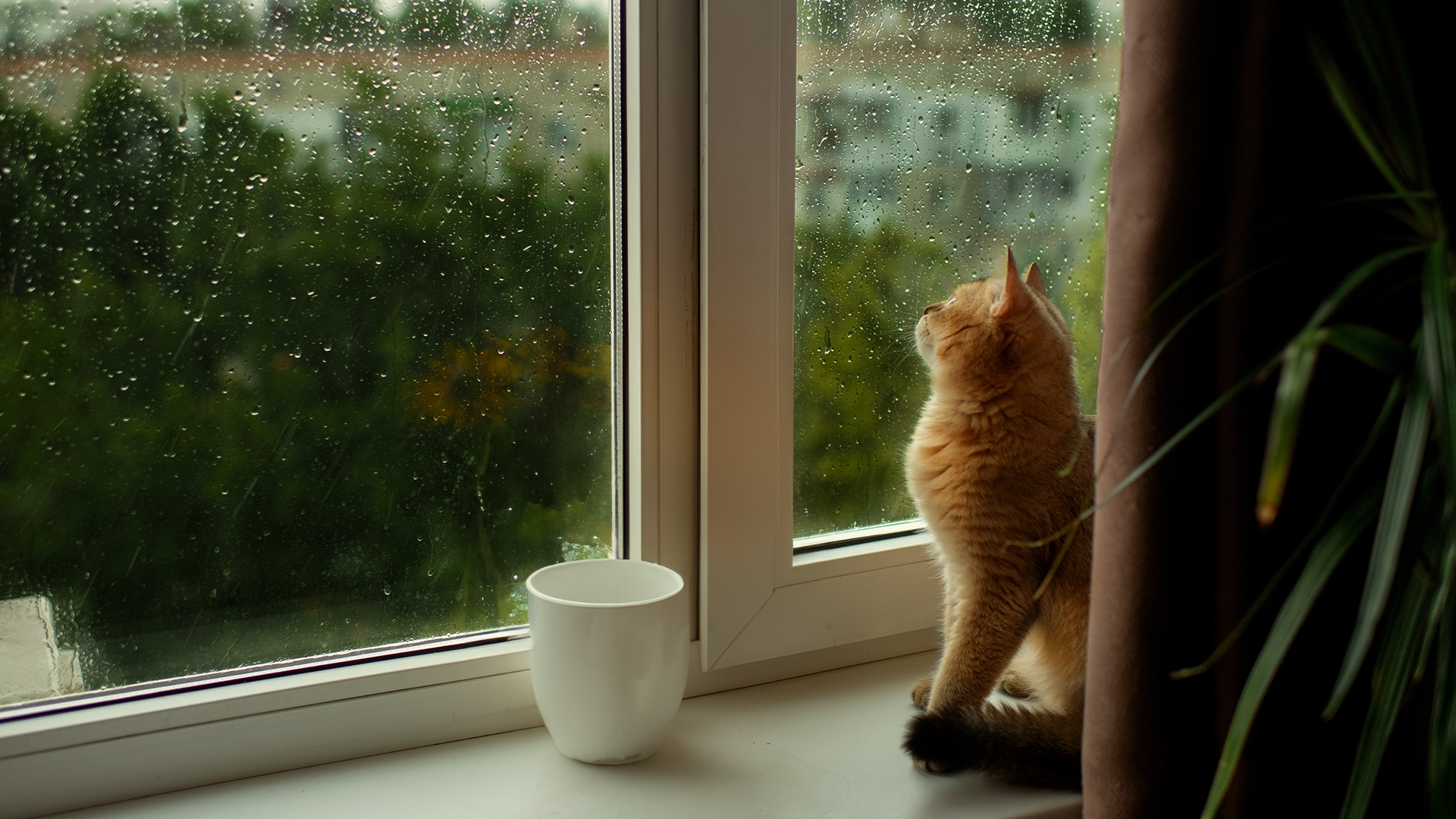
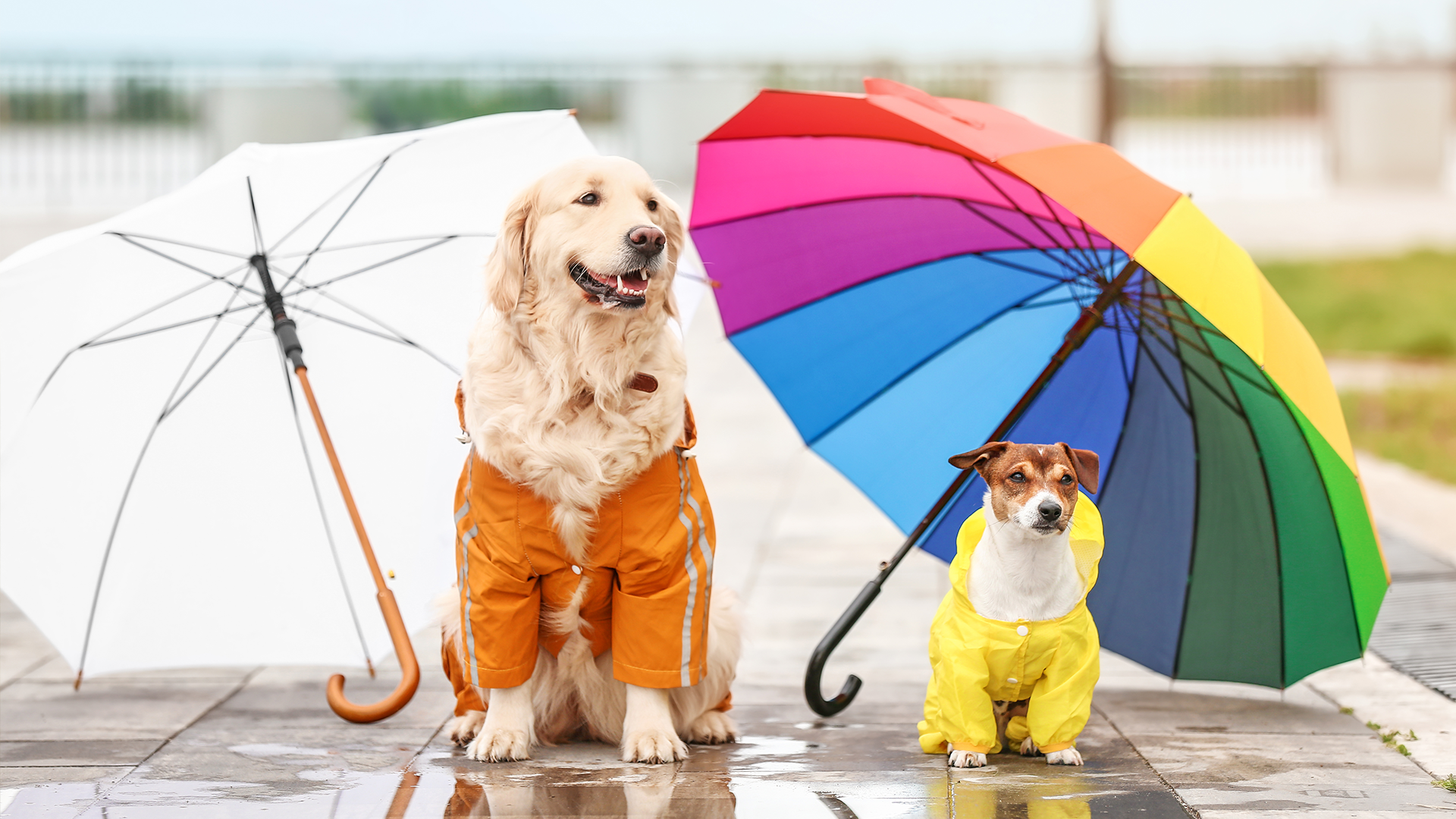


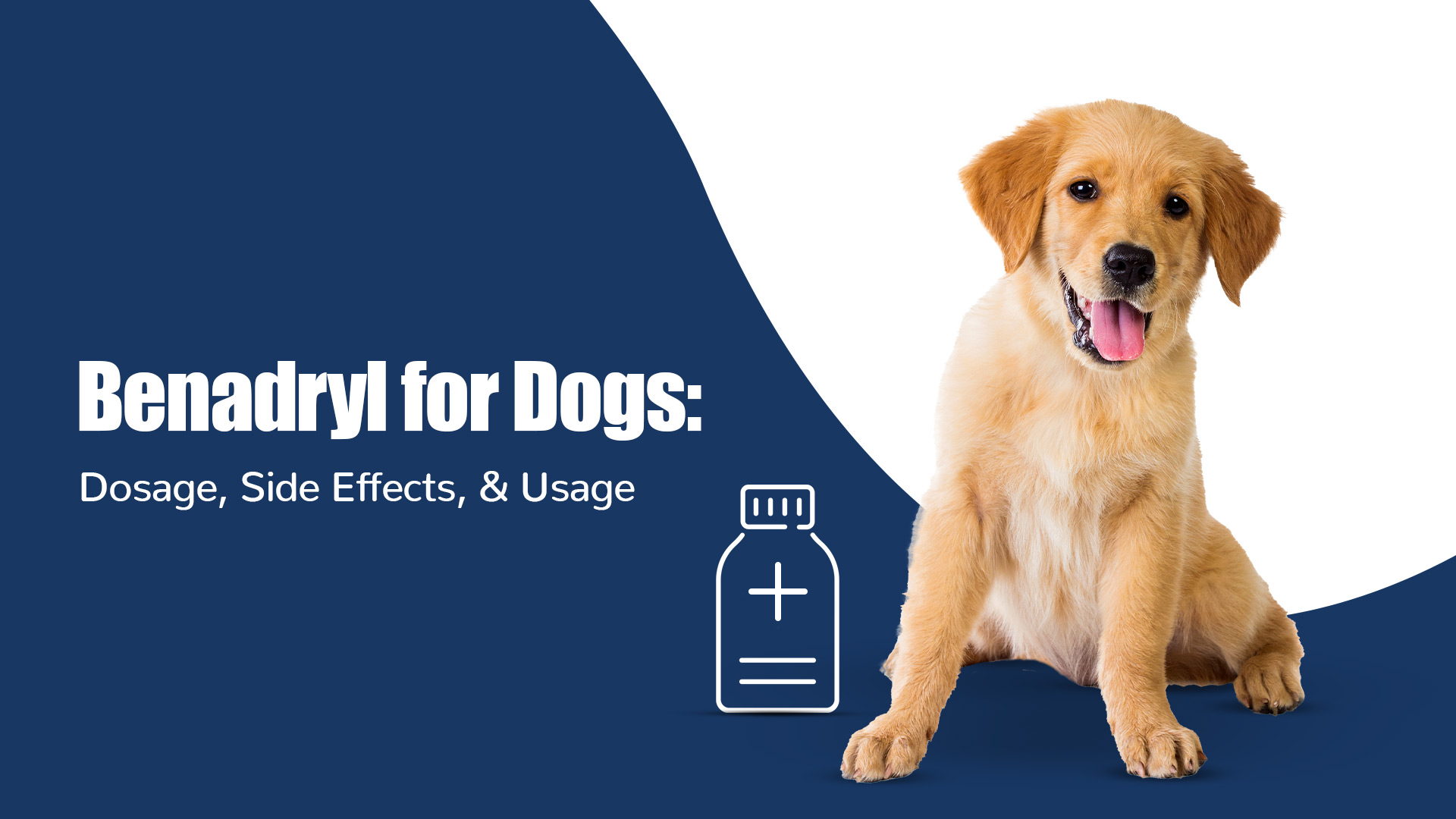
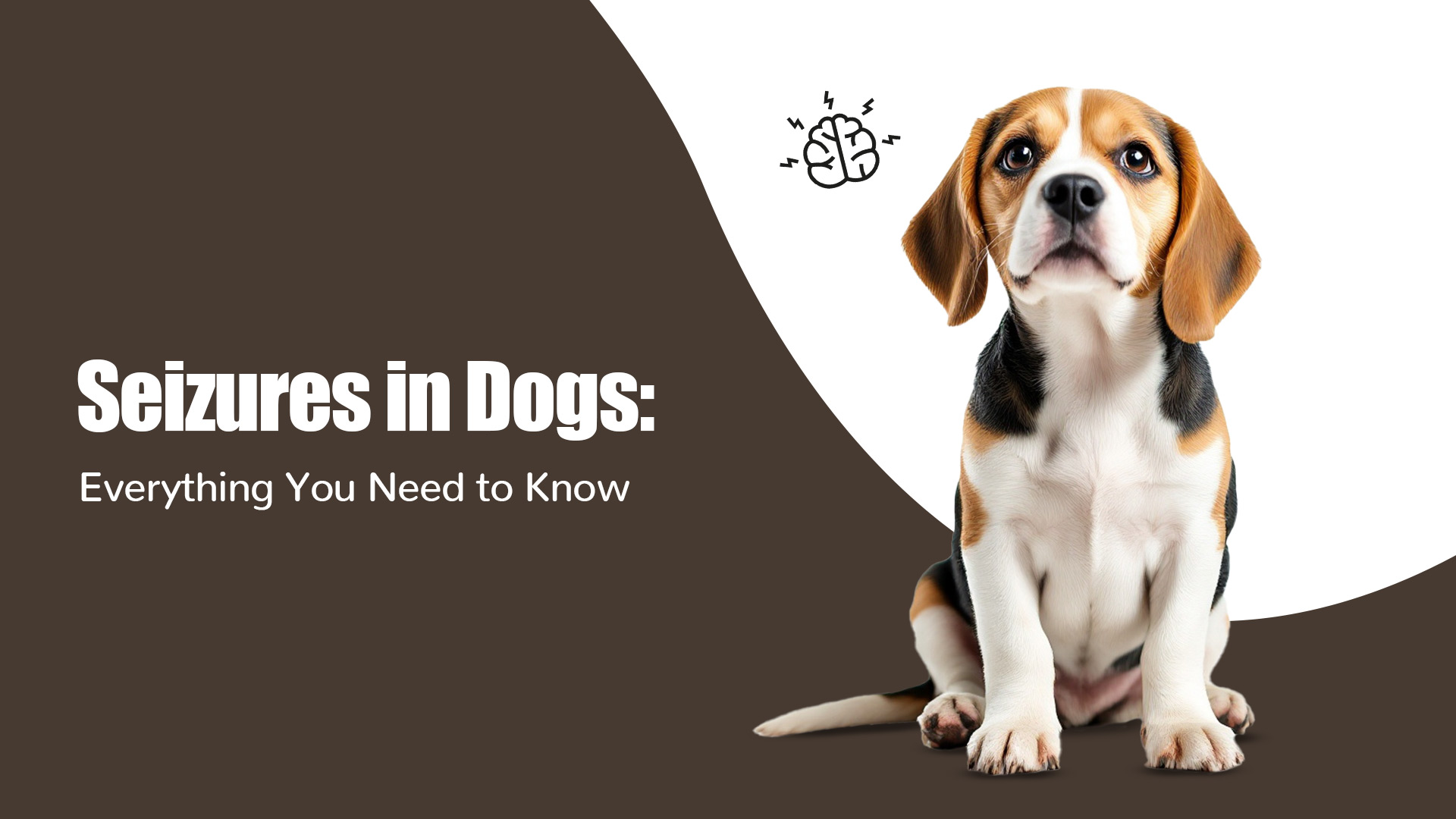
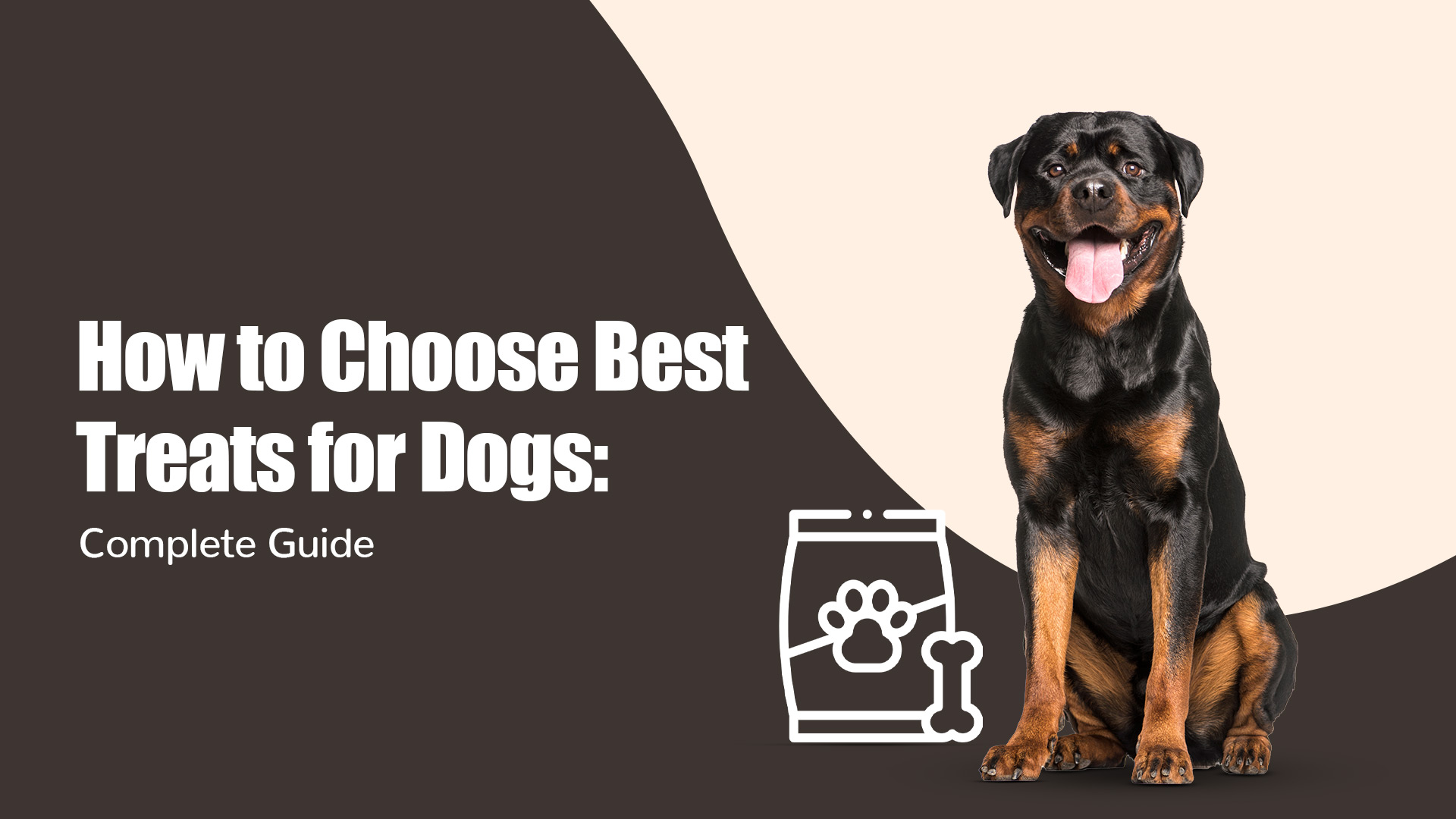
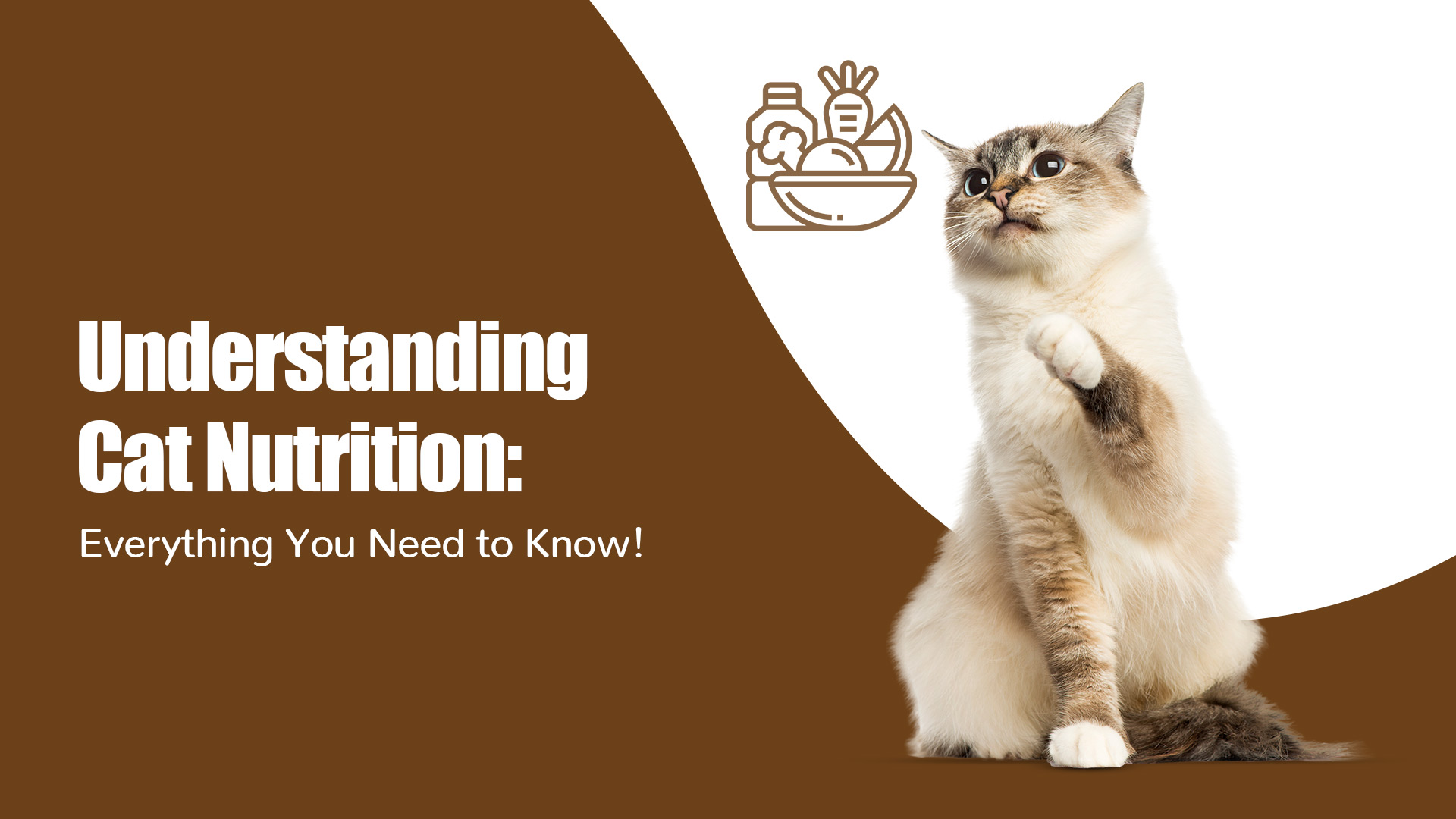
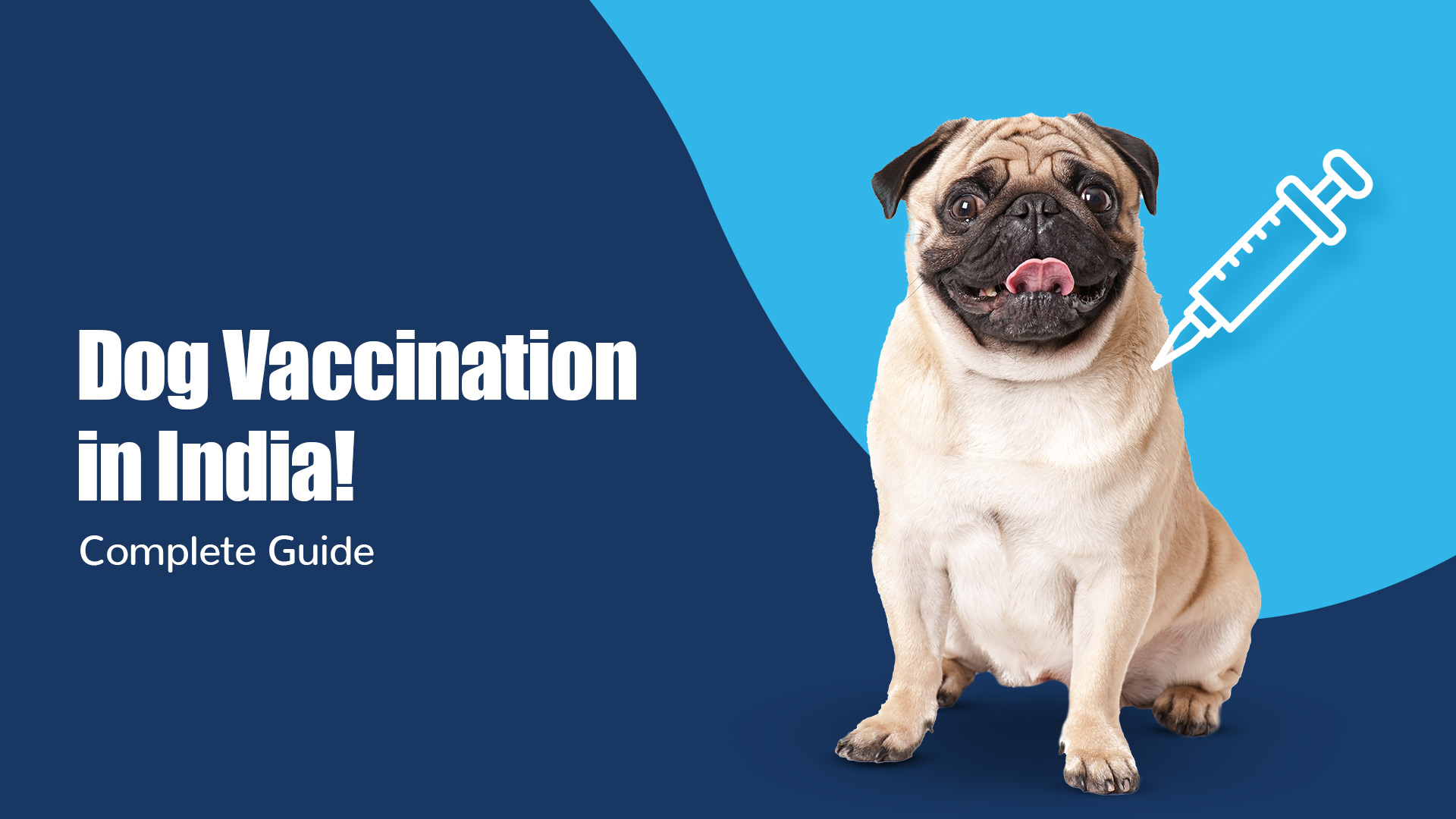
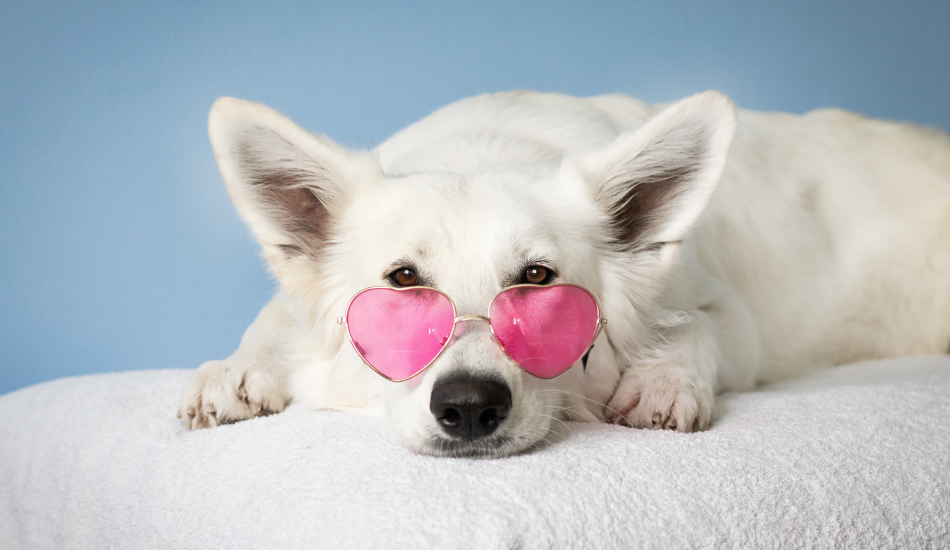
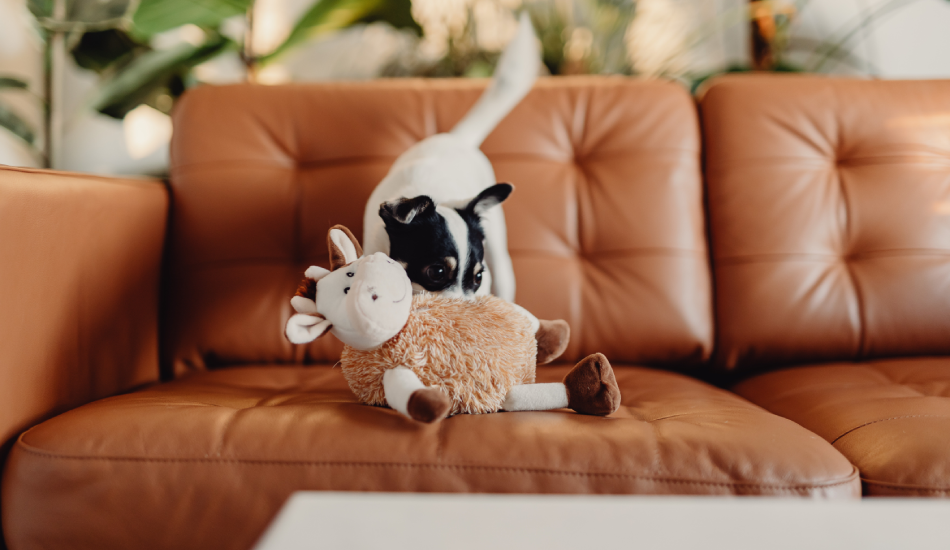
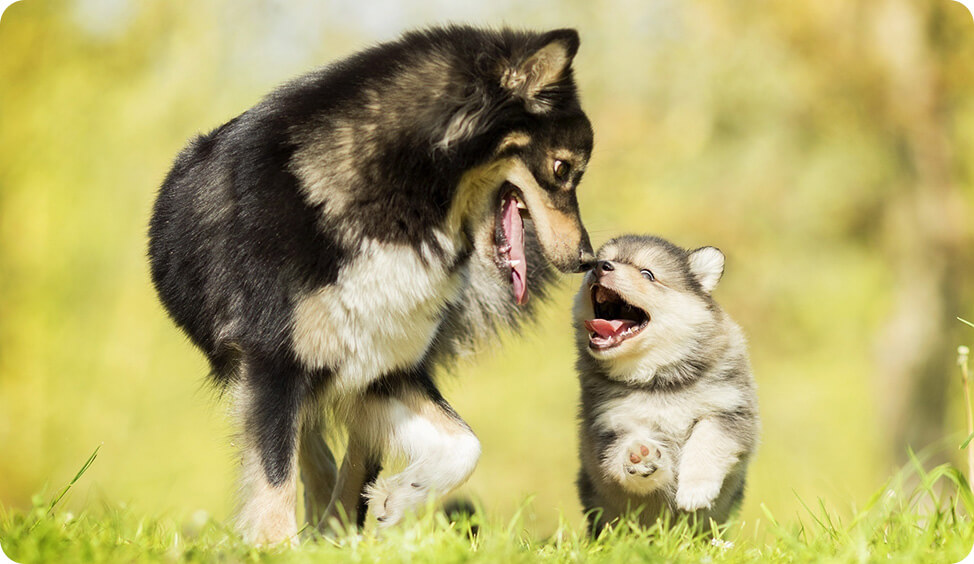

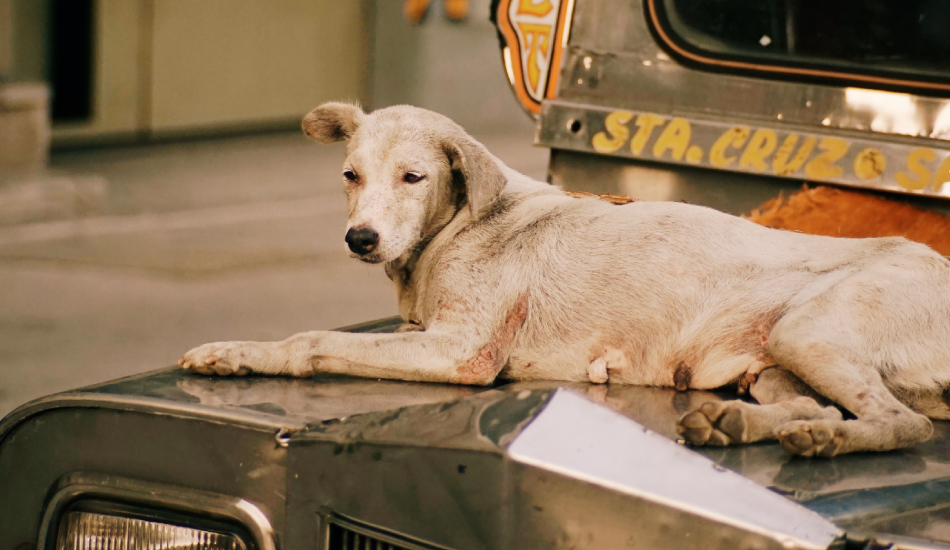
The information below is required for social login
Create New Account